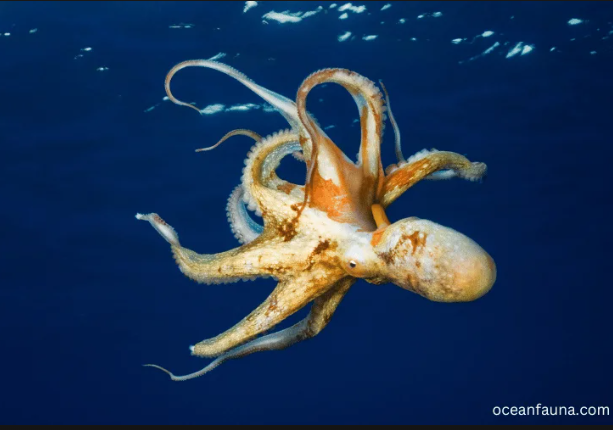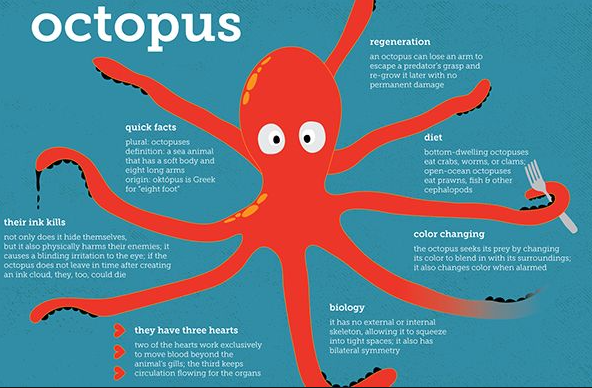Demystifying Octopus Anatomy: How Many Stomachs Does an Octopus Have?
Octopuses are intriguing and mysterious creatures that inhabit the depths of our oceans. Their unique appearance and behavior have captivated the curiosity of scientists and enthusiasts alike. One common question that arises is how many stomachs an octopus has. In this article, we will dive into the fascinating world of octopus anatomy to answer this question and explore the intricacies of their digestive system.

Octopuses
1. The Intriguing Anatomy of Octopuses
Octopuses belong to a group of marine animals known as cephalopods, which also includes squids and cuttlefish.
These creatures have evolved a range of adaptations that make them well-suited to their underwater environments.
2. Octopus Digestive System: How Many Stomachs Are There?
Contrary to the multiple stomachs found in animals like cows, octopuses have a single digestive system with three main components:
2.1. The Esophagus:
The esophagus is the tube-like structure through which food enters the octopus's body. It passes through the octopus's brain, which may seem unusual but is a characteristic of their unique anatomy.
2.2. The Stomach:
Octopuses have a single stomach that performs the functions of both mechanical and chemical digestion. It breaks down the ingested food using digestive enzymes.
2.3. The Caecum:
The caecum is a blind pouch located near the stomach. It plays a crucial role in the digestion of hard-to-digest components, such as chitinous parts of prey like shells.
While octopuses don't have multiple stomachs like some animals, their single stomach and caecum work together to efficiently digest their prey.
3. The Feeding Habits of Octopuses
Octopuses are skilled predators with a diverse diet that includes various marine creatures, such as crabs, fish, and shellfish.
They use their tentacles to capture their prey, and their beak-like mouth tears apart the food into smaller pieces.
Once ingested, the food travels down the esophagus into the stomach, where digestion begins.
4. The Role of Beak and Salivary Glands
An interesting aspect of octopus digestion is their beak, a hard structure resembling a parrot's beak. The beak is located at the base of the octopus's arms and is used to tear apart prey.
In addition to the beak, octopuses possess salivary glands that produce enzymes to start breaking down food chemically before it enters the stomach.
5. Efficiency of Octopus Digestion
Octopuses are known for their ability to digest food quickly. Some factors contributing to their efficient digestion include:
5.1. Short Digestive Tract:
The relatively short distance between the mouth and the stomach allows for rapid food processing.
5.2. Powerful Enzymes:
Octopuses produce potent digestive enzymes that aid in breaking down proteins, fats, and other nutrients.
5.3. High Metabolism:
Octopuses have a high metabolic rate, which requires a quick turnover of nutrients for energy and growth.

Stomachs of octopus
While octopuses don't possess multiple stomachs like certain animals, their single stomach and specialized digestive system are adapted to their carnivorous lifestyle. Their unique anatomy, including the beak and salivary glands, ensures efficient digestion of prey. Understanding the anatomy and feeding habits of octopuses not only sheds light on their fascinating biology but also emphasizes their crucial role in maintaining the delicate balance of marine ecosystems.